5 places you can see animals in Latin America
05.02.2019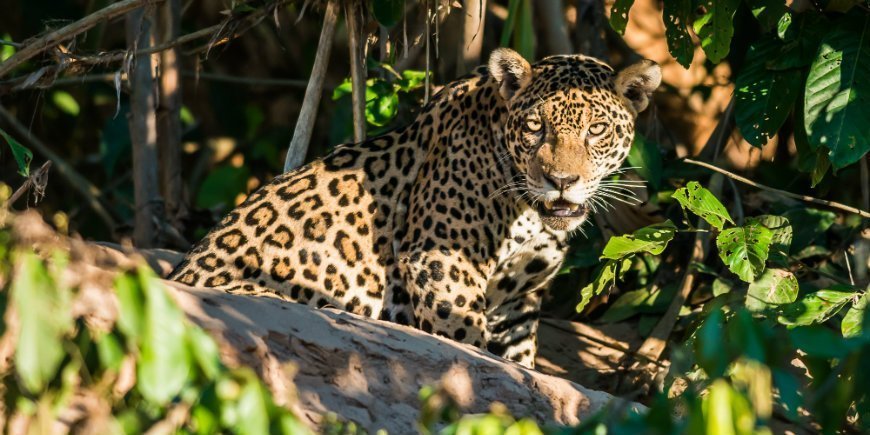
Jaguars, toucans, blue-footed boobies and giant tortoises are some of the outstanding animal experiences you can enjoy in the Latin American countries.
Pack your hiking boots, swimwear and high expectations and head to Latin America.
Below, you will find five places where you can experience animals in Latin America.
The Galapagos Islands, Ecuador
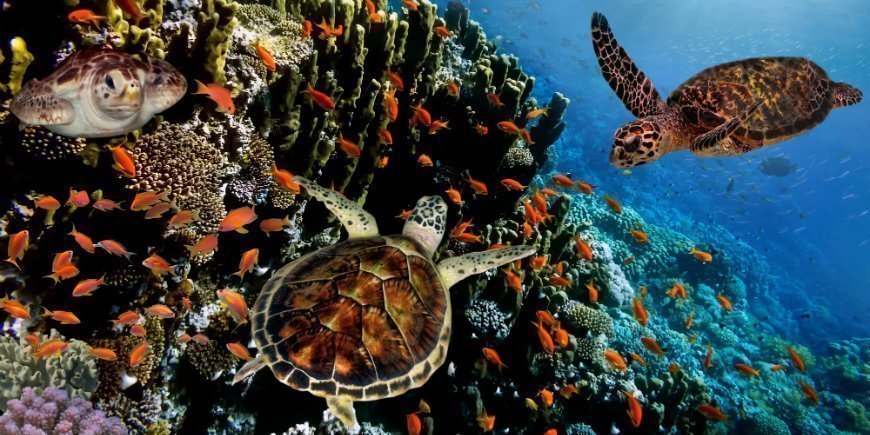
Giant tortoises, iguanas, blue-footed boobies, Darwin’s finches, sea lions, penguins and crabs are just some of the fascinating animals living on the Galapagos Islands in Ecuador.
The Galapagos penguin is one of the unique animals living on the chain of volcanic islands. The charming penguins are roughly 0.5 m high and weigh just 2.5 kg. The penguin species, which is sadly endangered, is the only penguin species living north of the equator.
The blue-footed booby is a fun bird. This funny little bird is recognisable by its blue feet, while its body and head are white and its wings are brown. The blue-footed birds are a particular delight to see at the start of mating season when they try out their impressive dance moves.
Another amazing experience – and one of the island’s absolute highlights – is the giant tortoises from Galapagos. The giant creatures are the largest of their kind, can weigh up to 250 kg, grow to a length of up to 1.5 m and live for more than 100 years. Seeing them up close will take your breath away.
Did you know that the Galapagos Islands are the place in the world with most unique animal species?
The Amazon rainforest, Peru
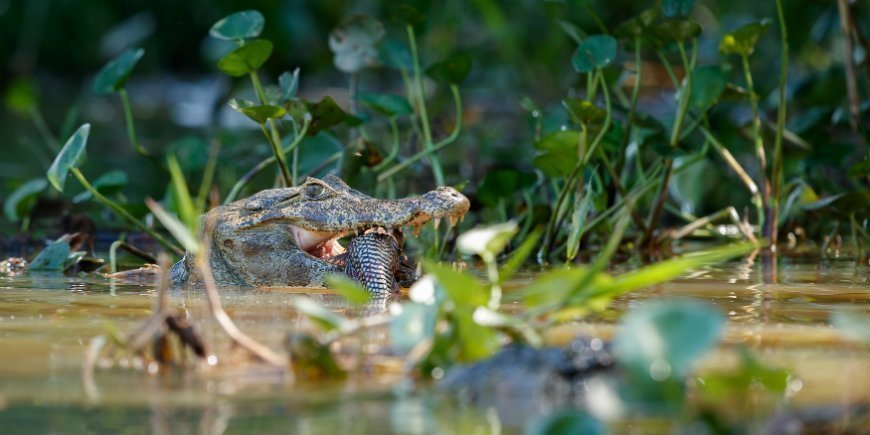
In the Peruvian part of the Amazon, there are amazing animal experiences to be had on land, in the water and in the air.
Experience, for example, the distinctive toucans with their characteristic beak, long tail, compact body and contrasting colours. The toucans are between 30 and 60 cm and live off fruit, bird’s eggs and insects. To see the special bird, you should look up into the crowns of the trees, where they fly from treetop to treetop.
The caiman is both a scary and a fascinating animal. See the huge animal in Lake Sandoval – both the black caiman, which can measure up to 4 m, or the smaller and more common Yacare caiman. When darkness has fallen, the caimans’ eyes light up in shades of red if you shine a torch on them.
In the Peruvian part of the Amazon, you may also be lucky enough to experience the fascinating jaguars, which live in the Tambopata Candamo nature reserve, among other places. The jaguar is an incredibly beautiful animal, but you’ll have to keep your eyes and ears peeled, and possess a good deal of luck if you want to catch a glimpse of South America’s largest cat.
Did you know that the vast rainforest covers 60% of the country?
Pantanal, Brazil
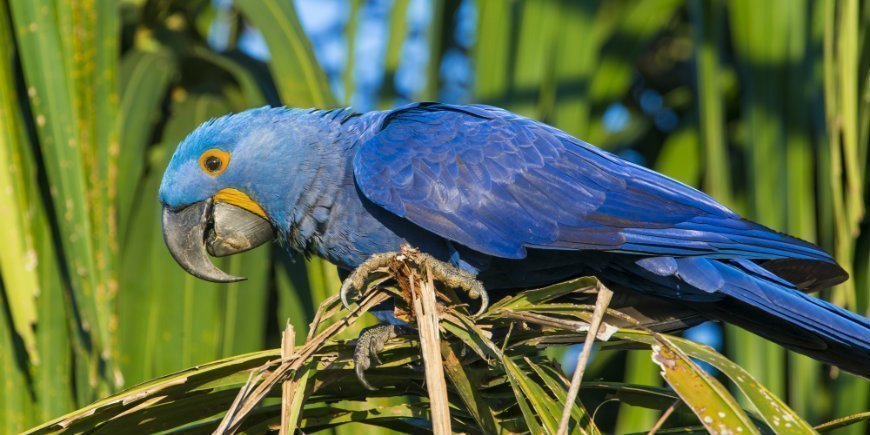
Pantanal has fascinating wildlife with more than 600 different bird species and countless mammals and reptiles. Experience, for example, the rather funny-looking capybara – an animal you won’t forget in a hurry. The capybara, the largest rodent in the world, can grow up to a height of half a metre, weigh up to 68 kg and looks very much like a large guinea pig. It is a good swimmer, eats about 2.5 to 3.5 kg of water plants and grass a day and is actually quite charming.
If you look up, you may be lucky to experience one of Pantanal’s most beautiful animals, the hyacinth macaw. With its beautiful blue and yellow colours, the hyacinth macaw a fascinating sight. The macaw is the world’s largest parrot and can grow to 1 m in length. Although the blue beauty is endangered, there is a good chance of spotting it in Pantanal’s swamp area.
Another charming and quirky creature in Pantanal is the giant anteater, which can grow up to a length of two metres, weighs between 18 and 45 kg and consumes around 30–35,000 ants a day. Its pointed head, short legs and long tail, which can be up to 60–90 cm long in itself, help give the animal its unique characteristics. They live in different habitats such as rainforest, savannah and forest areas.
Did you know that Pantanal is the world’s largest wetland, covering an area of more than 200,000 km²?
Tortuguero National Park, Costa Rica
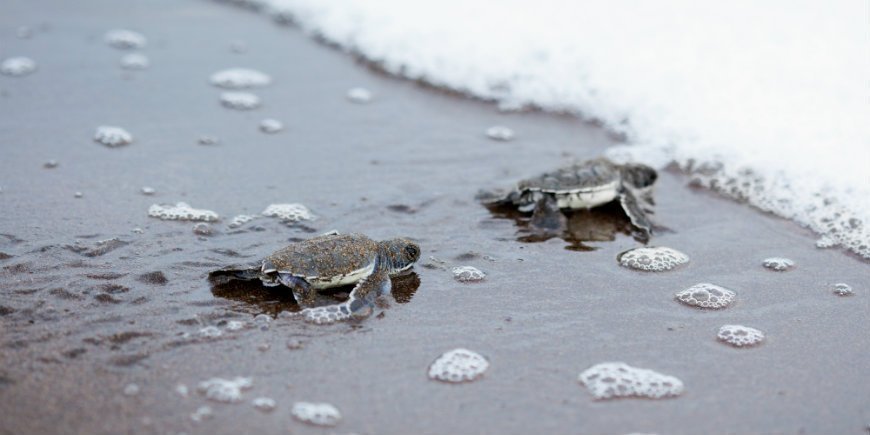
The major attraction on a visit to Tortuguero National Park is the graceful sea turtles, of which there are four different species. The green sea turtle weighs between 160 and 230 kg and is 1–1.5 m long. It lives off green plants.
In addition to the unique sea turtles, the park also offers a host of Costa Rica’s other outstanding animal experiences. Discover, for example, the charming sloth, which sleeps up to 18 hours a day! The sloth lives in the crowns of the trees, descending just once a week. Look up to catch sight of the furry little animal hanging upside-down.
If you’re a fan of the smaller, brightly-coloured animals, keep an eye out for the red-eyed tree frog. The multicoloured frog can be hard to spot, but as soon as its red eyes are open, it stands out against the green rainforest. The frog is nocturnal and eats insects such as crickets and moths.
Did you know that Tortuguero National Park has a coastline of 35 km and is one of the world’s most important places for the four turtle species that live there to lay and hatch their eggs?
Torres del Paine NP (Chile)
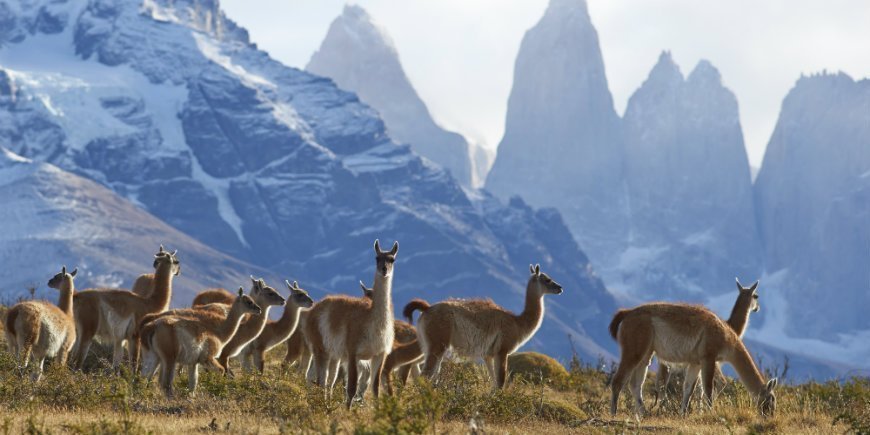
Besides offering stunning scenery, Torres del Paine National Park is also home to a variety of fascinating fauna.
If you’re into birds, the condors are an amazing sight. The condor is one of the world’s largest birds, with a wing span of up to 3.2 metres. Look up at the scenic mountain peaks that adorn the national park and you may be lucky enough to see the big bird gliding across the sky.
The guanaco, which resembles the lama, is also a wonderful animal you can experience on the plains of Torres del Paine. The animals have four times as many red blood cells as we have, and that is why they can live up at an altitude of 4,000 metres above sea level. The guanacos are social and live in groups of up to 400 in the winter.
One of the major draws of the national park is undoubtedly the Patagonian puma. The pumas are most numerous in the eastern part of the park, but you’ll have to be patient to be lucky enough to see the unique animals – there’s no guarantee you’ll see them, but it’s not totally out of the question either. The puma lives off guanacos, among other animals, can grow to a length of up to 2.5 m and has a tail of around 75 cm.
Did you know that Torres del Paine became a UNESCO World Heritage Site in 1978?
Latin America is home to an incredible number of beautiful, unique, endangered and fascinating animals.
If you require guidance on which country to visit, please do not hesitate to contact our travel consultants who are on hand to help you.
Get away and enjoy wildlife experiences you’ll never forget.
TourCompass
